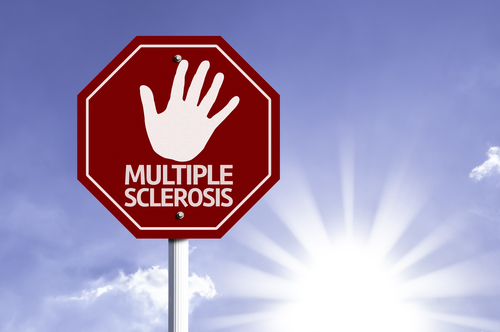Living in sunny climate may cut multiple sclerosis risk
IANS Mar 08, 2018
A recent study has found that people living in sunny areas or those who generally receive more of the sun's rays are less likely to develop Multiple Sclerosis.

People living in areas which receive more of the sun's rays are less likely to develop multiple sclerosis (MS) later in life, says a study. In MS, the immune system attacks the protective sheath that covers nerve fibres and causes communication problems between the brain and the rest of your body. Ultimately, the disease can cause the nerves themselves to deteriorate or become permanently damaged, according to the Mayo Clinic in the US.
The findings published in the journal Neurology suggest that adequate exposure to the sun in childhood and young adulthood may especially be beneficial in terms of reduced MS risk. While ultraviolet B (UV-B) rays from the sun can cause sunburn and play a role in the development of skin cancer, they also help the body produce vitamin D. Lower levels of vitamin D have been linked to an increased risk of MS.
"We found that where a person lives and the ages at which they are exposed to the sun's UV-B rays may play important roles in reducing the risk of MS," said study author Helen Tremlett of the University of British Columbia in Vancouver, Canada. The study involved 151 women with MS and 235 women of similar age without MS. Participants lived across the US in a variety of climates and locations. Of those with MS, the average age at onset was 40. All of the women had completed questionnaires about summer, winter and lifetime Sun exposure.
The researchers found that women who lived in sunnier climates with the highest exposure to UV-B rays had 45 per cent reduced risk of developing MS. When looking at specific age groups, those who lived in areas with the highest levels of UV-B rays between ages 5 to 15 had a 51 per cent reduced risk of MS compared to the lowest group.
In addition, those who spent more time outdoors in the summer at ages 5 to 15 in locations where exposure to UV-B rays was the highest had a 55 per cent reduced risk of developing the disease compared to those in the lowest-exposure group. "Our findings suggest that a higher exposure to the sun's UV-B rays, higher summer outdoor exposure and lower risk of MS can occur not just in childhood, but into early adulthood as well," said Tremlett.
-
Exclusive Write-ups & Webinars by KOLs
-
Daily Quiz by specialty
-
Paid Market Research Surveys
-
Case discussions, News & Journals' summaries